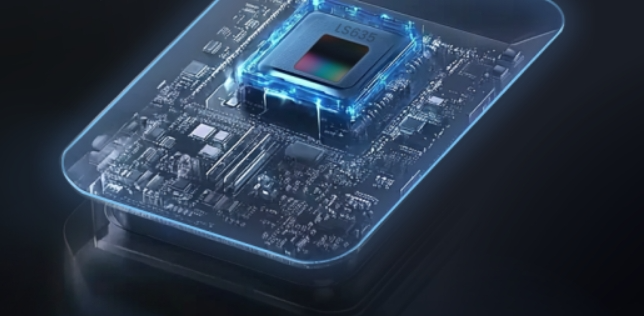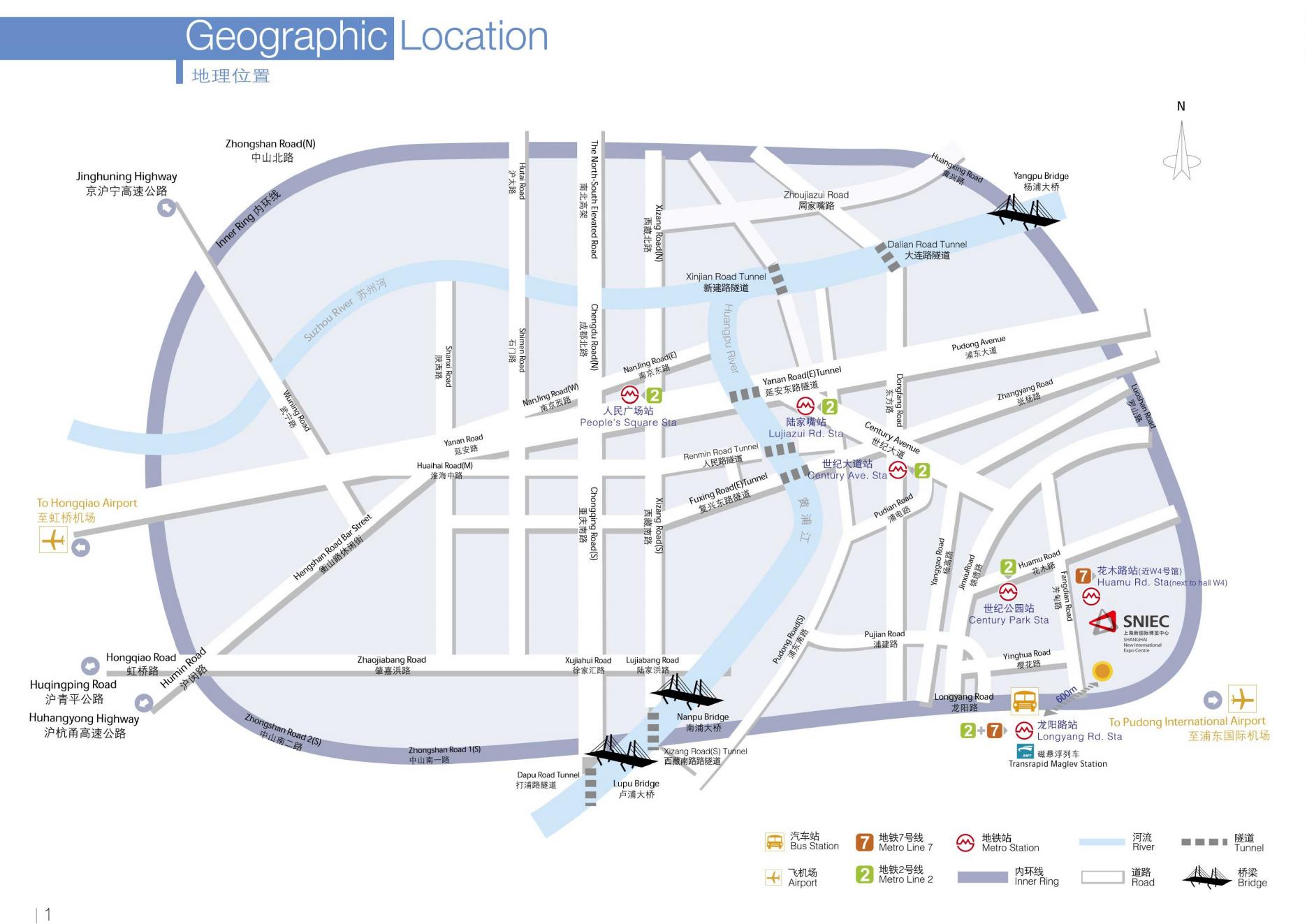According to today's news, Orbbec's dToF laser radar sensor chip is scheduled to be delivered in Q4.

The company is a leader in 3D vision sensors and has developed China's first 3D perception chip. It is one of the few companies in the world that has fully deployed six major 3D vision perception technologies.
It is understood that Orbbec's profit model is mainly the following two: consumer-grade application equipment mainly adopts commissioned processing or OEM production methods, and is produced in combination with customer order requirements and sales order forecasts. Industrial-grade application equipment mainly adopts independent processing and production methods. After the product is designed and developed, customized parts are purchased, and software and hardware assembly and debugging are completed independently.
According to its semi-annual report, in the first half of this year, Orbbec's consumer-grade application equipment revenue was 103 million yuan, an increase of 212.14% year-on-year, which is its main revenue source. The company's 3D vision sensor revenue was 82.2623 million yuan, a year-on-year decrease of 15.14%; industrial-grade application equipment revenue was 15.6932 million yuan, a year-on-year decrease of 2.56%.
Overall business is improving and performance forecast is increasing
From the third quarter performance forecast released by Obbec, the company's loss reduction is narrowing significantly. In the first three quarters of this year, it is expected to achieve revenue of 350 million yuan, an increase of about 34.94% year-on-year; the net profit attributable to the parent company's owners is about -61 million yuan, a year-on-year reduction of 68.22%. People related to Obbec mentioned that the company's overall capacity utilization rate continues to improve, and the overall business continues to improve.
In terms of a single quarter, since the beginning of this year, Obbec's quarterly losses have continued to narrow. In the third quarter of this year, the net profit attributable to the parent company's owners was -7.2 million yuan, a year-on-year reduction of about 86.08%.
Since the beginning of this year, Obbec has also continued to develop new products.
According to Core Sensor, the company's new product, LS635, released in August, is a dToF laser radar sensor chip. It is a back-illuminated SPAD-SoC chip using a 3D stacking process (45nm+22nm). It has achieved a good balance between low power consumption, high performance and minimum area. It is mainly aimed at application scenarios such as robots, drones, and autonomous driving.
The product is expected to be delivered in the fourth quarter of this year.
The maximum distance measurement is 350 meters. Multi-chip expansion can reach 512 lines.
LS635 adopts the chip structure of BSI back-illuminated and 3D-Stacking process, optimizes the detection efficiency of BSI SPAD pixels, and proposes an innovative high-performance data post-processing algorithm, which significantly improves the chip's ranging capability and resolution speed. With powerful long-distance measurement capabilities, LS635 can achieve full-range high-precision measurement of up to 350 meters. When measuring objects with a reflectivity of 10% under outdoor conditions, it can achieve a ranging capability of 250 meters and an ultra-high point frequency of 1.2 million points/second on a single chip.
With its special shape and size design, LS635 has extremely strong scalability and can meet the needs of different scenarios through multi-chip expansion. For example, when the detection scene requires a higher-definition point cloud map and resolution, LS635 can meet the needs of 16-512-line laser radar through flexible splicing of multiple chips. At the same time, LS635 adopts a high-reliability design for automotive regulations, with sufficient redundancy to cope with complex and demanding application environments such as a wide temperature range of -40°-125℃ and ultra-strong light exposure.
About dToF LiDAR sensor chip
DTOF chip is a sensor technology for measuring distance. (That is, the "dToF LiDAR sensor chip" mentioned above) Its working principle is based on the time-of-flight measurement method, that is, using the light pulse emitted by a laser or infrared light source to measure the time from the emission of the light pulse to the reflection and return of the target object. By calculating the flight time of the light pulse, the DTOF chip can accurately determine the distance between the target object and the sensor.
As for its technical characteristics, it is obvious: ① high precision; ② fast response; ③ strong environmental adaptability
DTOF LiDAR sensor chips have the potential for application in multiple fields, including but not limited to environmental perception, autonomous navigation and obstacle avoidance in self-driving cars, precise positioning and navigation in the field of robots, virtual scene construction and interactive integration with the real world in augmented reality/virtual reality (AR/VR), and biometric distance measurement in smart door locks to achieve accurate identification and safety protection.
At present, the DTOF lidar sensor chip market is experiencing rapid development. With the increasing maturity and popularity of technologies such as autonomous driving and robots, the demand for this chip continues to grow. In addition, the continuous innovation of technology and the gradual reduction of costs will further broaden the application scope of DTOF lidar sensor chips.
According to Core Sensor, in addition to the above-mentioned Orbbec, STMicroelectronics is also a developer of products in this field. Its VL53L9 dToF 3D lidar sensor module is a ready-to-use low-power module with dToF on-chip processing, without the need for additional components or calibration. The module can provide ranging functions from 5cm to 10m and integrates dual-scanning flood lighting, which can be used in application scenarios such as smartphone camera focus and AR/VR spatial depth information acquisition.
This paper is from Ulink Media, Shenzhen, China, the organizer of IOTE EXPO (IoT Expo in China)

















